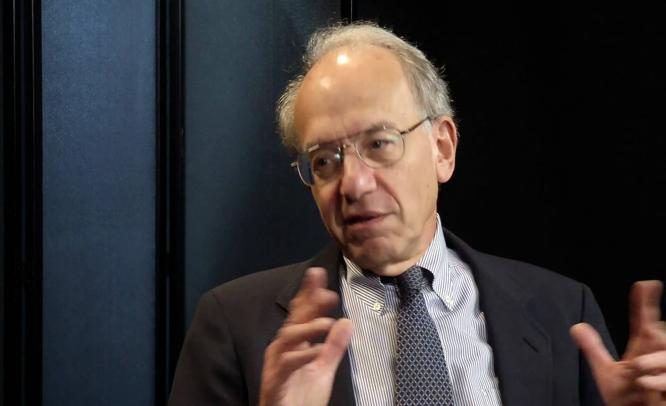Prof. Siegel says that the CAPE ratio is based on “biased earnings data”- he explains that the changes in accounting standards in the 1990’s, forced the companies to charge large write offs when assets they hold fall in price.
18th October 2013
Analytical investors are always keen to invest at the right moment on a particular stock; they would look at the price earnings ratio – a common metric for valuing companies. A low P/E suggests that a stock is relatively cheap and a high one suggests it is overpriced.
Avid market participants prefer what is called the “Shiller P/E Ratio” named after Nobel laureate and Yale University Professor Robert Shiller. The Shiller P/E is also known as the cyclically adjusted price earnings ratio (CAPE) – it is calculated by taking the S&P 500 and dividing it by the average of ten years worth of earnings. If the ratio is above the long term average of 16, the stock market is considered expensive. Robert Shiller, author of “Irrational Exhuberance” who predicted the dot com and housing bubbles says the CAPE is remarkably good at predicting returns over the period of several years. CAPE stands for cyclically adjusted price earnings ratio and is constructed to smooth out corporate earnings cycles to determine if stocks are cheap or expensive- the ratio is calculated by dividing the S&P 500’s current price by the index’s average real reported earnings over the last ten years. By comparing a company’s multiple year P/E ratios to its historical average, the investor can try to decide whether the shares of a particular company are cheap without being misled by short term blips. The 10 year period is the most favoured timescale, though some people work with 3 year or 5 year histories, when doing this each year number is calculated using the previous ten years, so the end result is a moving average.
The Shiller P/E is a more reasonable market evaluation indicator than the P/E ratio because it eliminates fluctuation of the ratio caused by the variation of profit margins during business cycles. The Standard & Poor’s 500 trailing P/E now stands at 16.87, above its long term historic average of roughly 15.5. The Shiller P/E for the S&P 500, on the other hand, is 23.2. That is, 40.6 percent higher than its historic mean of 16.5, even after the recent sell off and suggests limited upside for equities going forward.
CAPE inflated by biased earnings?
Jeremy Siegel, Professor of Finance at the Wharton University says the predictions from the CAPE ratio are bearish, in an article that appeared in FT he said “all but nine months in the past 22 years the Cape ratio has been above it long term average”, and the ratio currently predicts well below average returns. He says that the claims of “bears” who say that the current earnings are unsustainably high is not true, the earnings of U.S stocks which have risen to more than 150 percent are unlikely to fall and higher P/E ratios may propel stocks even higher. Prof. Sieger says that the CAPE ratio is based on “biased earnings data”- he explains that the changes in accounting standards in the 1990’s, forced the companies to charge large write offs when assets they hold fall in price, but when assets rise in price they do not boost earnings unless the asset is sold. For example: AIG wrote down $ 80 billion which Siegel believes will skew the S&P P/E ratio for the next 10 years. This change in earnings pattern is evident when comparing the cyclical behaviour of S&P earnings series with the after –tax profit series published in the National Income and Product Accounts (NIPA). For the 2001-02 and 2007-09 recessions, S&P reported earnings dropped precipitously due to a few companies with huge write offs, while NIPA earnings were more stable. Yet, before 2000, the cyclical behaviour of the two series was similar. Downward biased S&P earnings send average 10 year earnings down and bias the CAPE ratio upward. In fact, when NIPA profits are substituted for S&P reported earnings in the Cape model, the current market shows no over valuation. Prof Siegel calls the Cape “the single best forecaster of long-term future stock returns”. But he says the data on which it is based are now unreliable, sending out a false signal that stocks are expensive. Prof Siegel recently told CNBC that the Dow could hit 17,000 this year.
Both academicians have enthusiastic backers: Prof Shiller is defended by market bears while Prof Siegel has been embraced by the bulls.


